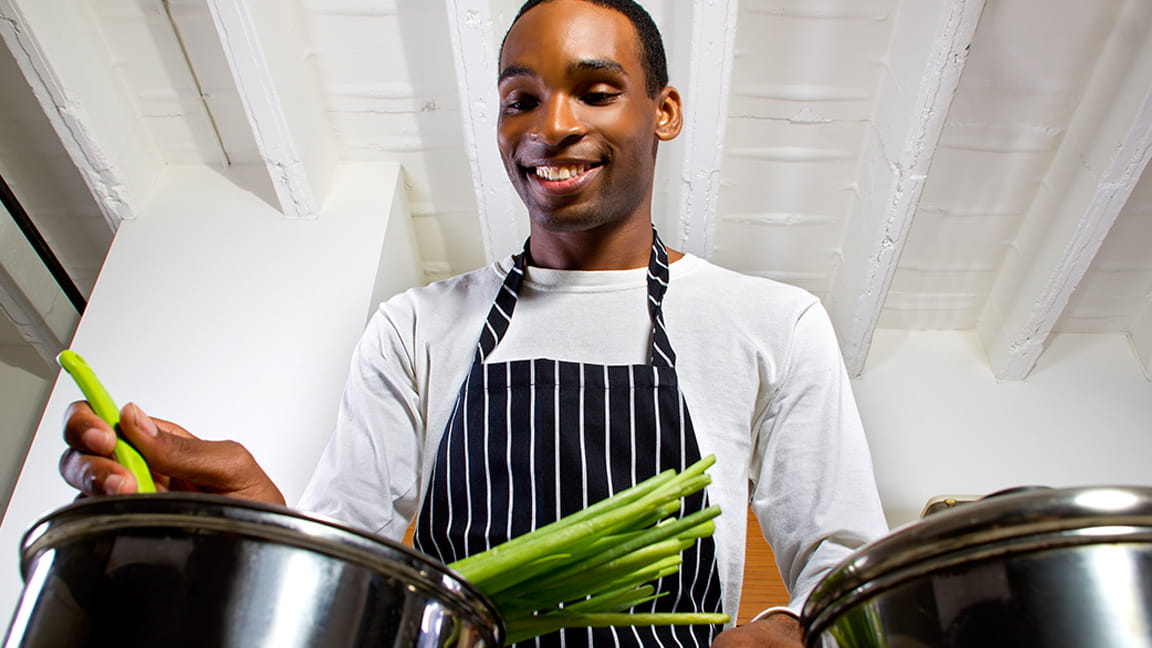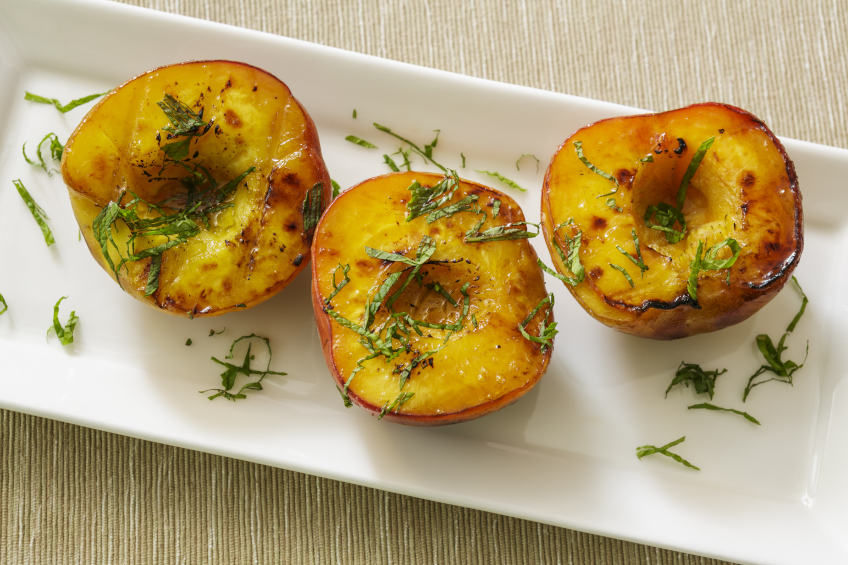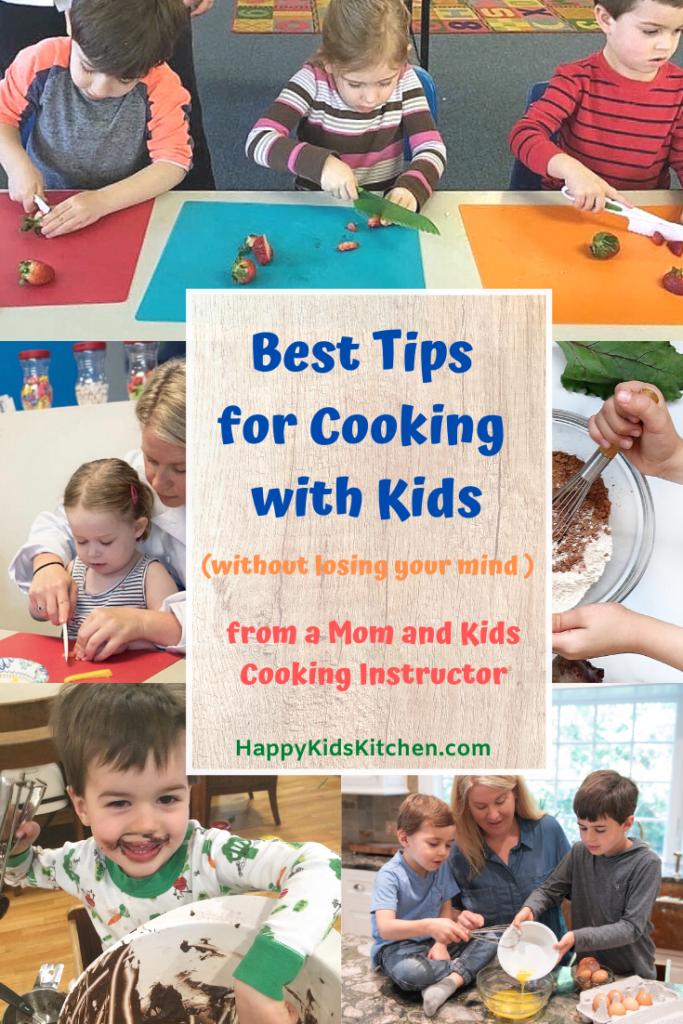
I wrote about the importance 101 of cooking skills and how Joey Delago's class explains each skill and task. I covered the application of various task-based categories of cooking skills, such as activating yeast and making stock. These skills are vital for any cook and a list will help you decide which ones you should learn. I will be discussing some of the skills that you should have before you can embark on the next step in your culinary journey.
Chef de Cuisine Joey DeLago's cooking skills 101 class
Chef de Cuisine Joey DeLago's cooking skills 101 class can help you learn the basics of cooking. This hands-on class focuses on the basic culinary skills you need to make a multi-course meal in a pinch. Joey will give tips on timing, preparation, presentation, and planning. You can also share your final meal with other home chefs.
Skills in cooking that are task-specific
The Food Agency defines cooking as a collection of knowledge, skills and practices that promote a healthy diet. This framework acknowledges that many barriers to a healthy diet lie in the environment, but it focuses on promoting food skills by identifying appropriate measures. These measures must be simple to understand, should relate to other domains and can be applied across a broad range of sociodemographic levels. The following four categories are designed to address some of most pressing issues concerning food skills.

Activating yeast
You need to know how yeast is activated if you plan to use it in your recipes. To activate your yeast, you can heat tap water and run hot water through it. In some cases, you may also need to add sugar or water to the yeast. These are some helpful tips to activate your yeast. Once the yeast has reached a bubbly state, it's ready for use. For baking success, activating yeast is an essential step.
Making stocks
A stock can enhance the flavor of your meals and give depth to your dish. Stocks can be made from vegetables, meat, or fish and can also have Western or Asian origins. You can use bottled water to make your own stock, but you may want to try using filtered water found at the supermarket. There are many stock options available. It is important to be as diverse as possible when making stock.
Whipping cream
Whipping cream can be used to decorate cakes and other desserts. While it is easy to make, there are important things to keep in mind as you prepare this classic dessert. Although it may look like slightly melted Ice Cream, it's not. Whipping cream should not be stiff and sloppy. It should form a soft, fluffy, curled peak that sticks well to the whisk. You can also make soft peaks by beating the cream with a spoon until it holds its shape and does not slack off.

Melting chocolate
Learning how to melt the chocolate is a must-have skill if you want to create amazing desserts. This is a complex task. We have some tips that will help you speed up the process and make sure it's done correctly. First, you need to know the correct method. There are two ways to melt chocolate: double boiler method and the microwave method. Double boiler is a method that uses a heatproof saucepan or pan with a glass bottom or stainless steel base, and is set over a pot of simmering water. This method should be used slowly, and you should avoid allowing the water to splash into the bowl.
FAQ
Do I have to learn how to cook with my children?
Yes! Children love to help in the kitchen. It's a fun activity that teaches them responsibility and teamwork. You can have your children help you with everything, from washing vegetables to cutting onions. If your children follow safe practices when handling knives, they will enjoy helping you cook.
How can I motivate myself to cook?
Sharing meals with family and friends is the best part of cooking. However, cooking for yourself is much easier than cooking for others. Try making something new if your goal is to become more motivated to cook. You will be able to learn new techniques and ingredients. To expand your culinary skills, you can also make use of recipes from other cultures.
Are there any free online cooking classes?
Many websites provide free cooking lessons. YouTube has many videos that will show you how to cook different dishes. Some websites give you access to thousands of recipes. The sites typically charge a monthly fee but you can test them for free for a period of 30 days.
Statistics
External Links
How To
How to make a perfect Omelette
Omelets are my favorite breakfast dish. How do you make them perfect? I've tried many different methods and recipes, but none of them seem to work! So I am sharing some tips and tricks today to help you make fluffy, delicious omelets every morning.
We should first know that eggs are very temperamental ingredients when making omelets. The eggs must be fresh from an organic source and kept at room temperature until they are ready to be cooked. They must be kept cool, otherwise the whites will not form properly and the yolks may become runny. This causes your omelets to look oddly colored. It is best to use room-temperature eggs if you are going to cook them right away.
You can also separate the egg before you add it to the pan. You don't want the white to get mixed with the yolk, as this could cause the egg to curdle.
The bottom part of an egg that is added directly to the stovetop might be burned, which could cause a ruined texture in your omelet. Instead, place the egg in the microwave for 10 second before you put it in the skillet. The microwave heat cooks your egg just right, without it becoming too soft.
Let's now talk about mixing eggs. When you mix eggs together, you want to beat them well. To do this, grab the bowl of the mixer and turn it upside down. Then shake the bowl vigorously. This allows the air to be whipped and the egg to be mixed thoroughly.
Now comes the fun part: adding the milk to your mixture. Fold the eggs in the milk mixture by first pouring half of it into the egg whites. If you still see streaks of eggs, don't worry. These streaks will disappear once the omelet has been turned over.
After you have done folding the eggs, heat the pan on medium heat. The oil will start to smoke. Add 1/4 cup butter to the oil and swirl it around to coat all sides of the pan. Next, carefully open the lid and sprinkle salt into your pan. The salt will help to prevent the omelet's sticking to the pan.
Once the omelet has formed, cover the pan again and wait for the top side to set completely. Flip the omelet over using a spatula or flip the pan upside down. Cook the opposite side for another minute. Take the omelet out of the pan and immediately serve.
This recipe works best with whole milk, but skimmed milk also works.